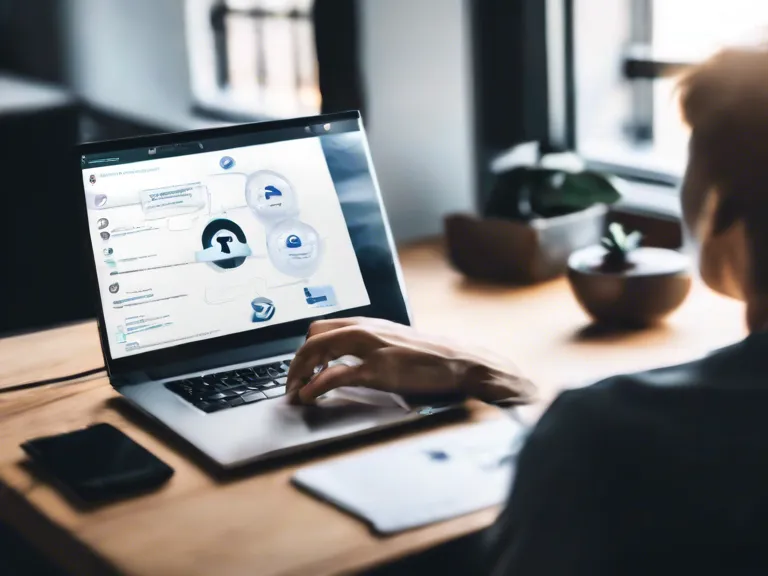
In today's digital age, the landscape of cybersecurity threats is constantly evolving. As technology advances, so do the tactics used by cybercriminals to breach networks and compromise sensitive information. It is crucial for individuals and organizations alike to stay informed about the latest threats and take proactive measures to protect themselves against cyber attacks.
One of the most prevalent cybersecurity threats in recent years is ransomware. Ransomware is a type of malware that encrypts the victim's files and demands payment in exchange for the decryption key. This type of attack can have devastating consequences for businesses and individuals, causing widespread data loss and financial damage.
Another growing threat is phishing attacks. Phishing attacks typically involve sending fraudulent emails or messages that appear to come from a legitimate source, such as a bank or government agency. These emails often contain malicious links or attachments that, when clicked on, can compromise the recipient's device and steal sensitive information.
In addition to ransomware and phishing attacks, other cybersecurity threats include DDoS attacks, malware, and insider threats. DDoS attacks overwhelm a network or website with traffic, causing it to become slow or unavailable. Malware is malicious software that can infect a device and steal data or disrupt operations. Insider threats, on the other hand, involve employees or other trusted individuals who misuse their access to sensitive information for personal gain.
As the cybersecurity landscape continues to evolve, it is vital for individuals and organizations to implement robust security measures to safeguard their data and systems. This includes keeping software up to date, using strong passwords, implementing multi-factor authentication, and regularly backing up data.
By staying vigilant and proactive, we can all work together to combat the ever-changing landscape of cybersecurity threats and keep our digital assets safe from harm.



